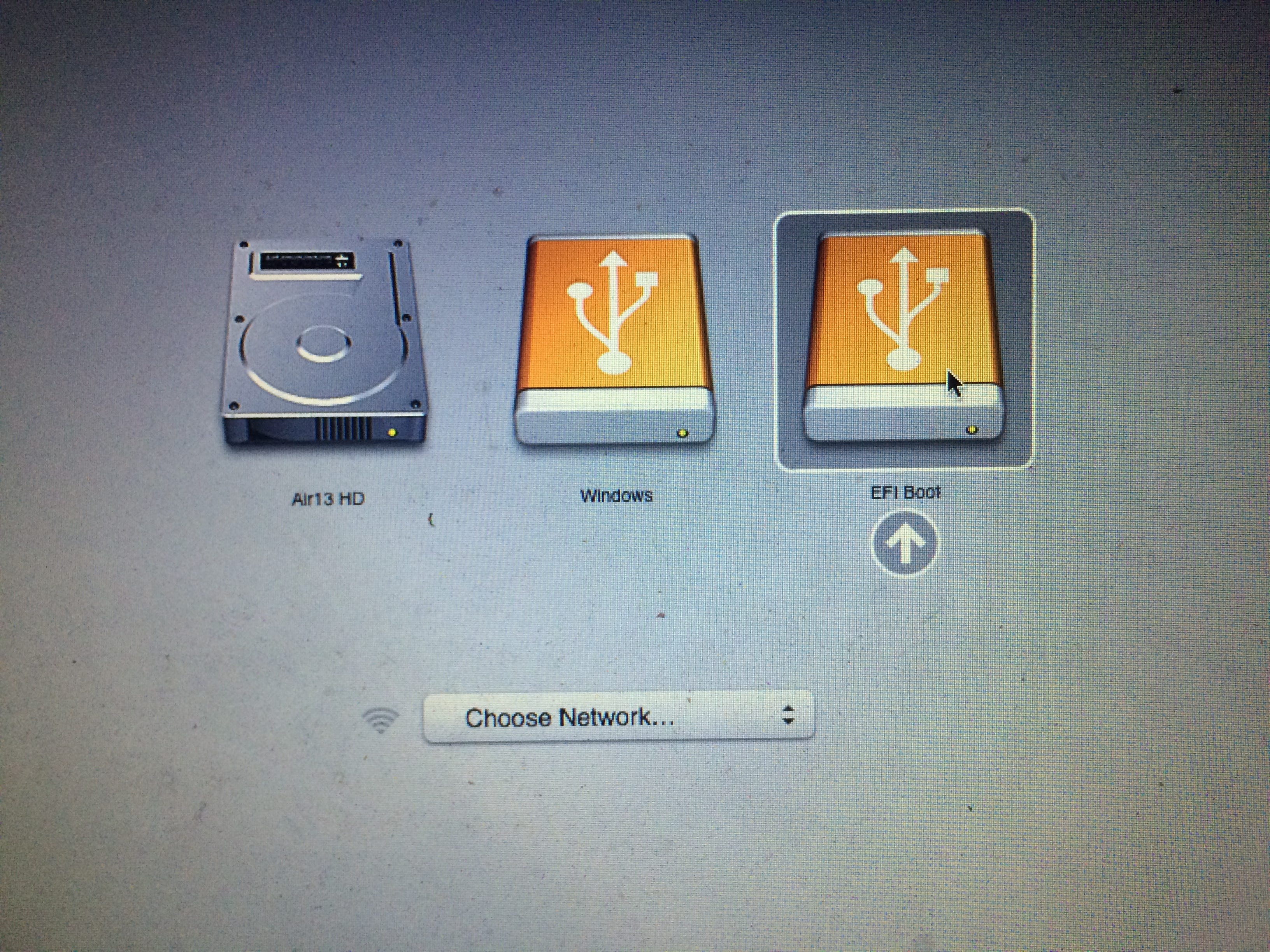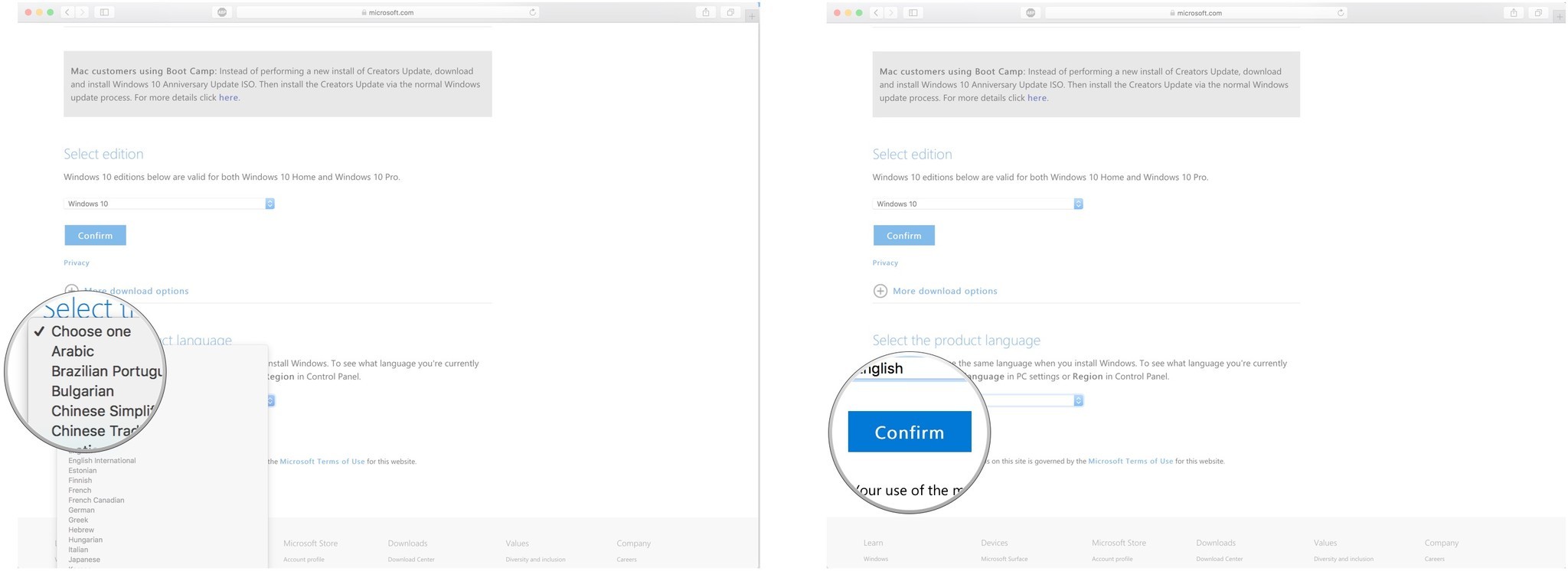Download Boot Menu For Mac
When your Mac powers up, it normally uses the system on its internal hard drive unless you change this behavior by choosing System Preferences@@→Startup Disk. You can also change what your Mac does by holding down the following keys or key combinations during startup. Print these boot option keys, because they’re particularly helpful to have. Download software in the Boot Manager/Disk category. Dual boot with ease between Linux and Windows operating systems as well as the Mac OS X with exten. Oct 2nd 2020, 16:51 GMT. It is an essential tool for labs, classrooms and enterprise environments. Boot Runner also provides a seamless experience to help students, customers and end users choose the right desktop. Boot Runner’s scheduling feature ensures that multi-boot Macs are in a ready.
To use any of these key combinations, press and hold the keys immediately after pressing the power button to turn on your Mac, or after your Mac begins to restart. Keep holding until the described behavior occurs.
- Command (⌘)-R: Start up from the built-in macOS Recovery system. Or use Option-Command-R or Shift-Option-Command-R to start up from macOS Recovery over the Internet. macOS Recovery installs different versions of macOS, depending on the key combination you use while starting up. If your Mac is using a firmware password, you're prompted to enter the password.
- Option (⌥) or Alt: Start up to Startup Manager, which allows you to choose other available startup disks or volumes. If your Mac is using a firmware password, you're prompted to enter the password.
- Option-Command-P-R:Reset NVRAM or PRAM. If your Mac is using a firmware password, it ignores this key combination or starts up from macOS Recovery.
- Shift (⇧): Start up in safe mode. Disabled when using a firmware password.
- D: Start up to the Apple Diagnostics utility. Or use Option-Dto start up to this utility over the Internet. Disabled when using a firmware password.
- N: Start up from a NetBoot server, if your Mac supports network startup volumes. To use the default boot image on the server, hold down Option-N instead. Disabled when using a firmware password.
- Command-S: Start up in single-user mode. Disabled in macOS Mojave or later, or when using a firmware password.
- T: Start up in target disk mode. Disabled when using a firmware password.
- Command-V: Start up in verbose mode. Disabled when using a firmware password.
- Eject (⏏) or F12 or mouse button or trackpad button: Eject removable media, such as an optical disc. Disabled when using a firmware password.

If a key combination doesn't work
Download Boot Menu For Macbook

If a key combination doesn't work at startup, one of these these solutions might help:
- Be sure to press and hold all keys in the combination together, not one at a time.
- Shut down your Mac. Then press the power button to turn on your Mac. Then press and hold the keys as your Mac starts up.
- Wait a few seconds before pressing the keys, to give your Mac more time to recognize the keyboard as it starts up. Some keyboards have a light that flashes briefly at startup, indicating that the keyboard is recognized and ready for use.
- If you're using a wireless keyboard, plug it into your Mac, if possible. Or use your built-in keyboard or a wired keyboard. If you're using a keyboard made for a PC, such as a keyboard with a Windows logo, try a keyboard made for Mac.
- If you're using Boot Camp to start up from Microsoft Windows, set Startup Disk preferences to start up from macOS instead. Then shut down or restart and try again.
Remember that some key combinations are disabled when your Mac is using a firmware password.

Mac Boot Keys
Learn more
- Learn what to do if your Mac doesn't turn on.
- Learn about Mac keyboard shortcuts that you can use after your Mac has started up.
Apple Boot Menu
-->When setting up a PC to boot more than one operating system, you may sometimes lose the ability to boot into one of the operating systems. The BCDBoot option allows you to quickly add boot options for a Windows-based operating system.
Repairing a Windows partition on a dual-boot PC
Mac Boot Modes
Install a separate hard drive or prepare a separate partition for each operating system.
Install the operating systems. For example, if your PC has Windows 8.1, install Windows 10 onto the other hard drive or partition.
Reboot the PC. The boot menus should appear with both operating systems listed.
If both operating systems aren't listed:
Open a command line, either as an administrator from inside Windows, or by booting to a command line using the Windows installation disk and presssing Shift+F10, or by booting to Windows PE (WinPE: Create USB Bootable drive).
Add boot options for a Windows operating system.
Reboot the PC. Now, the boot menu will show both menu options.
Repair another operating system partition

You can manually add create partitions using BCDEdit, or you can use a third-party tool such as EasyBCD to set up the boot partitions.
Mac Boot Menu Key
Related topics
